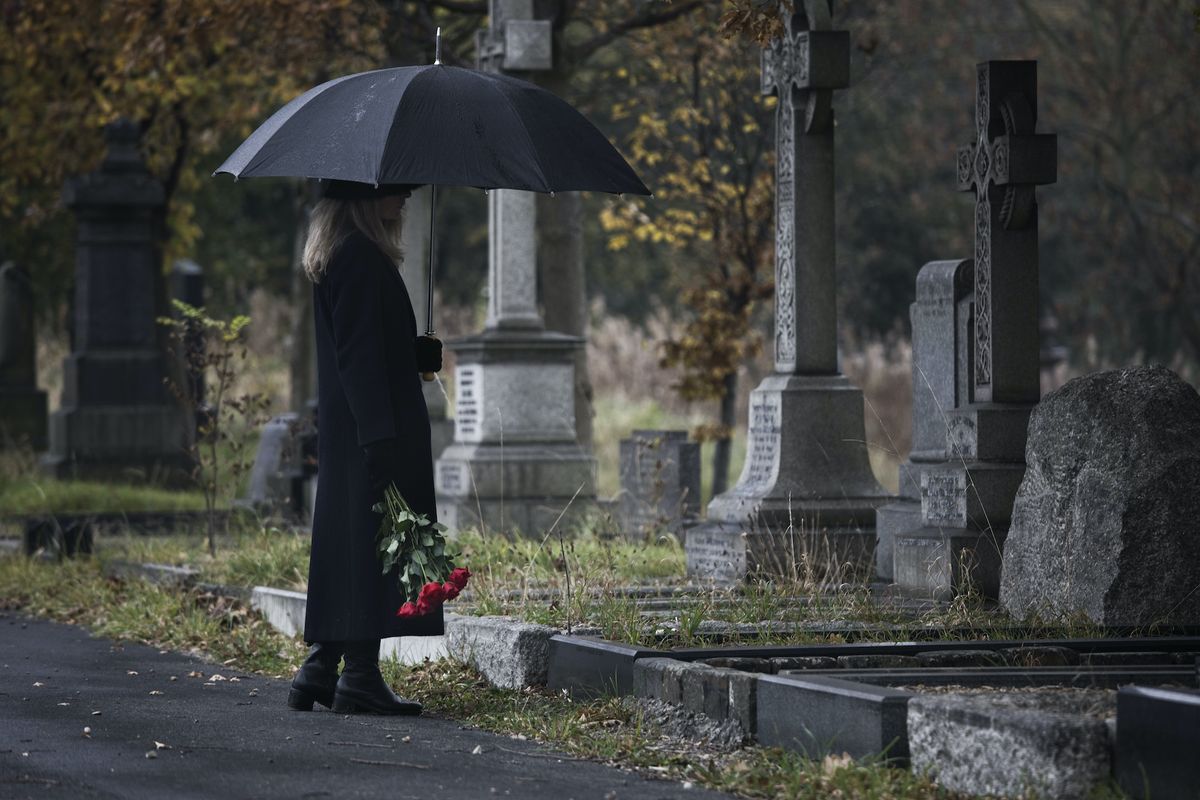People die every day from a variety of causes, from common illnesses such as heart disease to rare ones such as lightning strikes. But which month has the most deaths in the United States?
The deadliest month in the US is the month that heralds the New Year: January. An average of 251,699 people in the U.S. died in January each year between 2010 and 2020, according to a Live Science analysis of the Centers for Disease Control and Prevention’s (CDC) Wonder database, which tracks how and when people die. By comparison, Live Science found that averages for other months during the period ranged from 218,102 (August) to 242,475 (December).
Other analyzes also show that January is the deadliest month in the US. According to an analysis of the CDC Wonder database conducted by The Washington Post (opens in a new tab)40,000-60,000 more people died in January from 1999 to 2014 than in August or September.
Why is January so dangerous? In accordance with World Health Organization (opens in a new tab) (WHO), the world’s most prolific killer may be to blame: heart disease, a 1999 study in the journal Circulation (opens in a new tab) found, noting that heart disease was more deadly in the winter months, especially January and February. During the colder months, the body loses more heat, so the heart has to work harder, which puts extra stress on people with heart disease. British Heart Foundation (opens in a new tab) reported.
On the subject: What are the most common ways to get injured?
However, this does not fully explain why warmer areas such as California and Florida also had more deaths in January than the rest of the year.
Dr. Robert Glatter, an emergency medicine physician at Lennox Hill Hospital in New York, acknowledged that there is an ongoing debate over whether summer or winter is deadlier. Heat-related illnesses are on the rise due to climate change. Young children, the elderly, and the immunocompromised are most vulnerable to scorching, humid temperatures. However, despite the increased risk of heatstroke and organ failure in the summer, the winter months are deadlier. Here’s why: Flu and other respiratory viruses tend to develop in the winter.
“In the winter time, the flualong with secondary bacterial pneumonia and other typically benign respiratory viruses such as RSVenterovirus D68 and rhinoviruses are “of concern,” Glatter said in an email to Live Science.
The causative agents of respiratory infections are hiding everywhere in winter. Closed spaces are carriers of germs, reproduction bacteria and viruses from too many people being too close together for too long. What’s worse, the flu virus creates a harder lipid coating during the winter months, according to the University of Southern California Verdugo Hills Hospital (opens in a new tab), and this, combined with a weaker immune system (another disadvantage of winter), increases the chances of getting sick. According to data Center for Disease Control (opens in a new tab). Lower respiratory tract infections, such as bronchitis or pneumonia, are the fourth leading cause of death worldwide, according to World Health Organization (opens in a new tab).
But there are many other factors that make winter so deadly. “Exposure to extreme cold and wind, lack of adequate heating, elderly people living alone and the use of space heaters, which can lead to fires and carbon monoxide poisoning, are issues that make January the deadliest month of the year,” Glatter said. . said.
The effects of the holiday season can also affect mortality rates. Excessive consumption of food, salt and alcohol increases the physical stress on the heart, as well as the psychological stress suffered by what is supposed to be “the most wonderful time of the year”. But Glatter said that despite speculation that holiday and post-holiday suicides are responsible for the jump in deaths in January, they are not the main causes of death this month. As a rule, the spring months of April, May and June in the USA have the most suicides. Johns Hopkins Medicine (opens in a new tab).
Deaths from COVID-19 have also increased in the winter over the past few years. How US Census database (opens in a new tab) shows that COVID-19 pushed the US death rate up 19% between 2019 and 2020. There has not been such a surge in the death rate in the United States since The influenza pandemic of 1918 about a century ago. Ariel Karlinsky (opens in a new tab) — who researches excess mortality and economics at the Hebrew University of Jerusalem and started World Mortality Dataset (opens in a new tab) with a colleague Dmitry Kobak (opens in a new tab), who studies excess mortality from COVID-19 at the University of Tübingen in Germany, looked at how high excess mortality was around the world after the pandemic began. It found that deaths from COVID peaked in January 2020 and 2021.
Glatter is concerned about what could happen if flu and COVID-19 flare up this winter in what he calls a “twin dememia.” He urged people to wear a mask to protect against COVID-19 and the flu, especially in rooms without much ventilation. And he had more advice as winter approaches.
“Get your flu shot now and your COVID-19 booster if you’re not up to date,” he said. “And remember to wash your hands after contact with people who are sick or coughing. All of these measures can be life-saving in the long run.”
This article is first published on Source link




